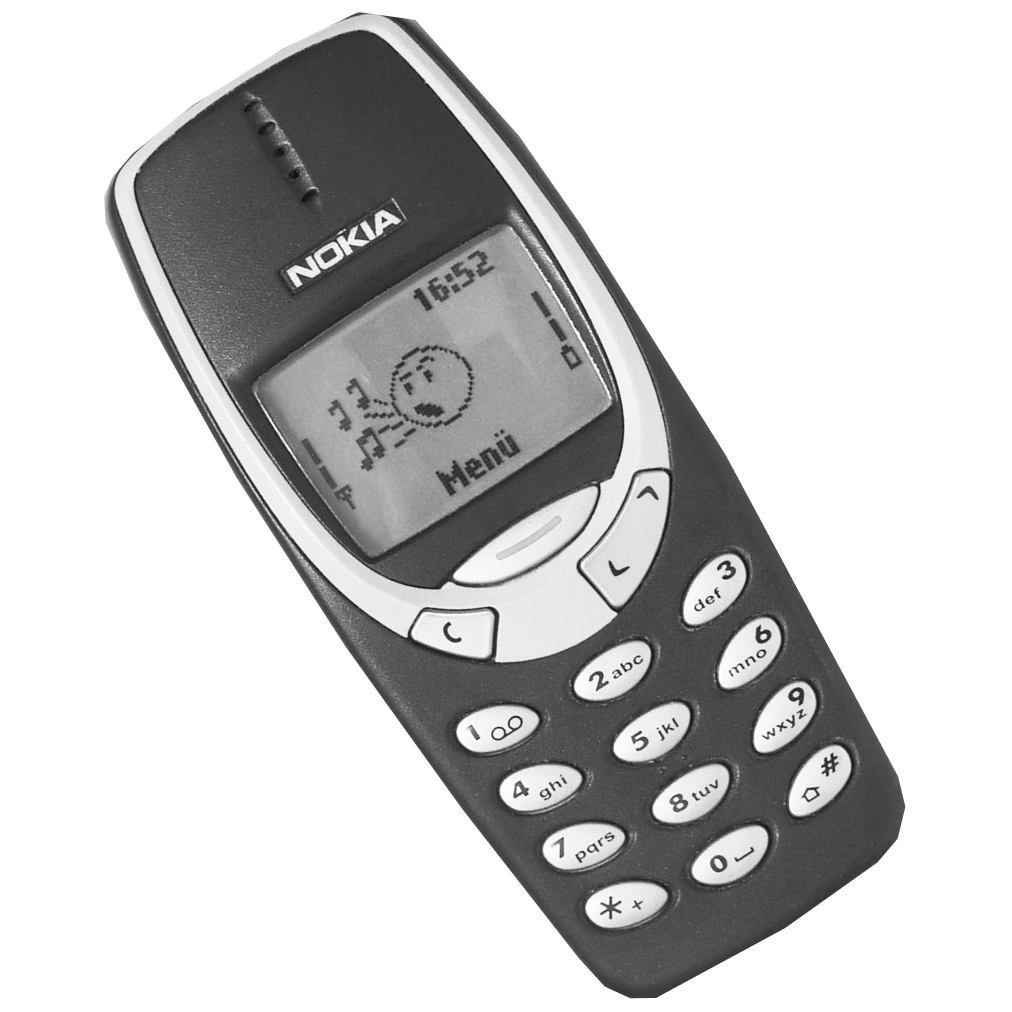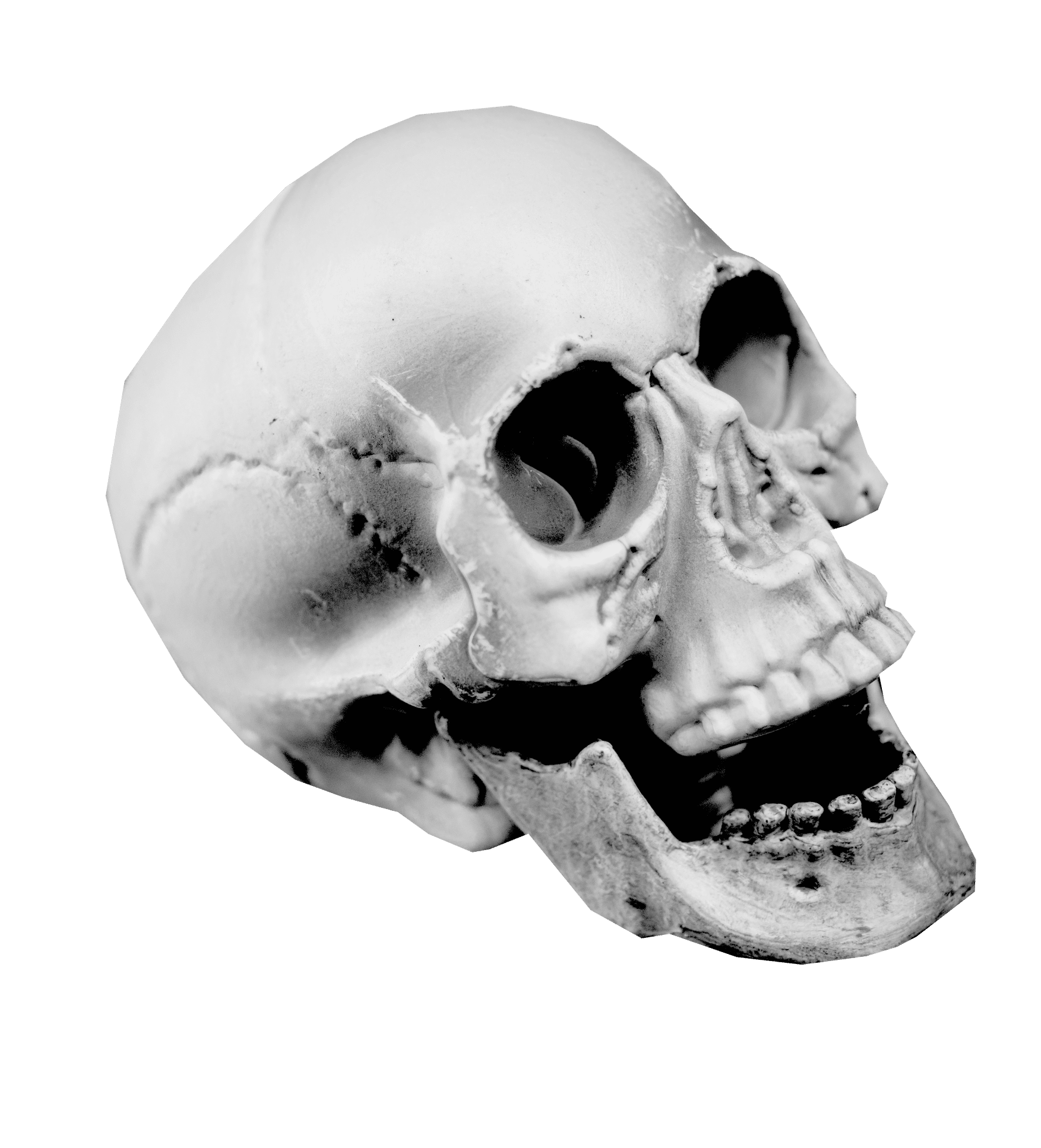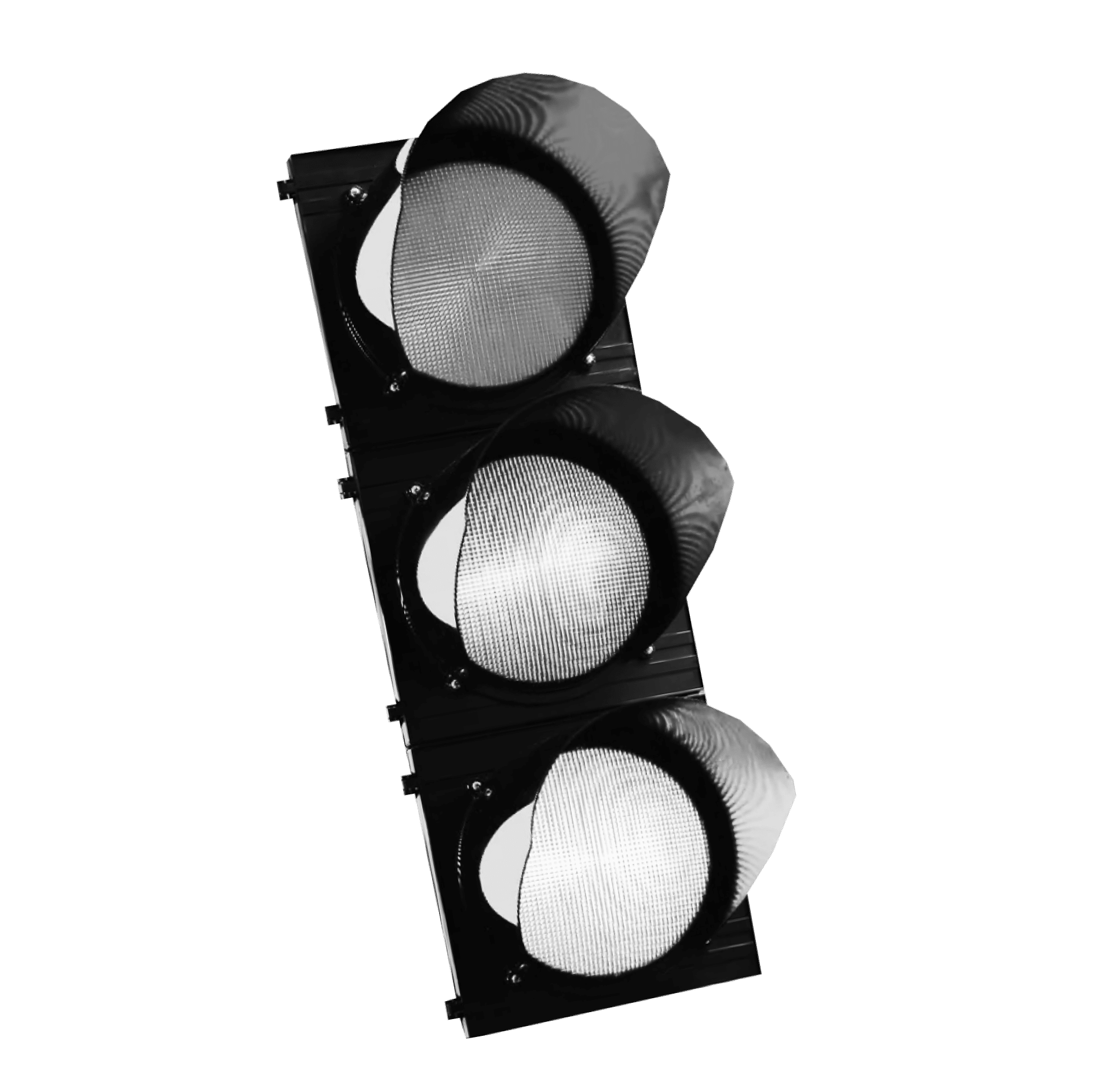What is UX and what does it mean?
Jökulá specializes in creating an impressive user experience. But what does that mean? Why should you think about experience in design? Doesn't it just matter that the design is cool?
What does UX mean?
Let's start from the beginning. UX is an acronym for English term user experience that has been translated as user experience on Icelandic. The term comes from Don Norman, author of The Design of Everyday Things, a pioneer in user-friendly design. User experience is primarily based on how users experience things and perceive usability, well-being, and efficiency.
Everything is an experience. We experience everything we do, whether it's buying products online or at the store, viewing photos on Instagram or playing video games on TV, talking to customer service representatives at the bank or even opening doors.
Do you need to pull a lever and press right on the door? Or do you have to pull her towards you? What if the door doesn't have a doorknob? Have you ever had a chance to push a door when you were supposed to pull it towards you? All of this affects user experience, which can affect both people's behavior and wellbeing.

Designing for the user
When designing for the user, users need to be taken into account by combining elements from various disciplines such as design, technology, psychology, business administration, and market research. The goal of user experience designers is to connect with the users and understand their needs, motivations, difficulties and goals, as well as not to forget that the product or service has to meet the needs and goals of the company. It is important that the designer is always on the side of the user and protects his interests against other forces that want to bring their focus and needs to place.
If a developer was successful, the user hardly needs to think or ponder things. The user simply does what is inherent to him and everything falls into his hands. To create such an experience, designs and processes must be tested on real users — often and quickly. Never assume anything, but test, test and test. You put the user first by putting them in the experimental seat.

Web Design User Experience
Web design that promotes an improved user experience aims to reduce bounce rates, increase sales and improve information flow to reduce the strain on the company's manpower.
Such a design process starts by researching the behavior of real users to better understand their needs, discuss with them, and hear their history and goals before making decisions about appearance and wireframes.
A good experience makes it easier for the user to complete what they had planned and removes any obstacles between them and their goals. In addition, a user-friendly design tries to improve the user's experience by anticipating their needs before realizing them himself. Such a design asks itself what the purpose of the site is, who uses it, when it is used and why the user will get there.
In this way, a good user experience creates not only good design and cool looks, but a design that works and delivers results. Better service, more sales, less work, more proceeds. It's a good experience for everyone.








